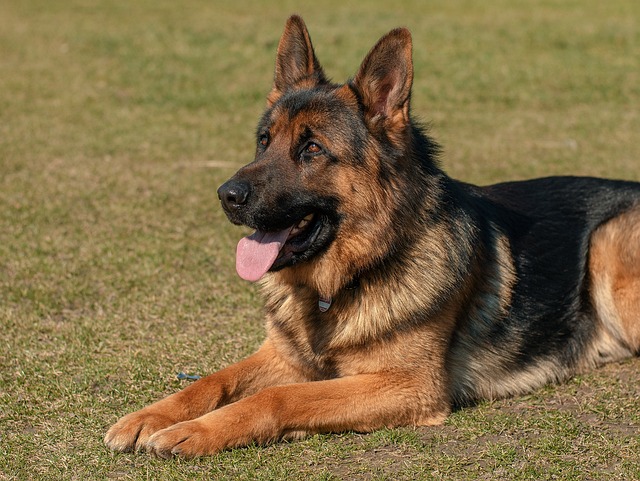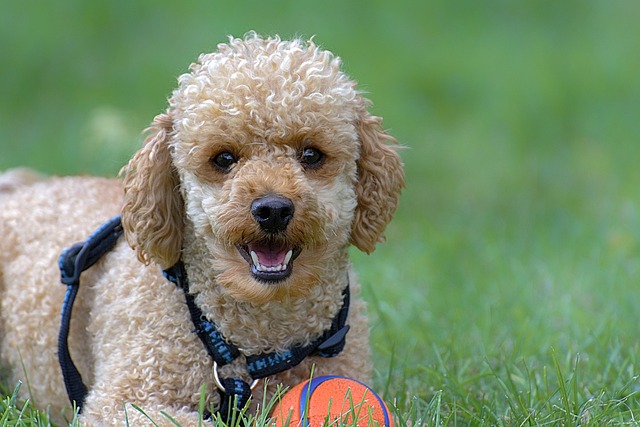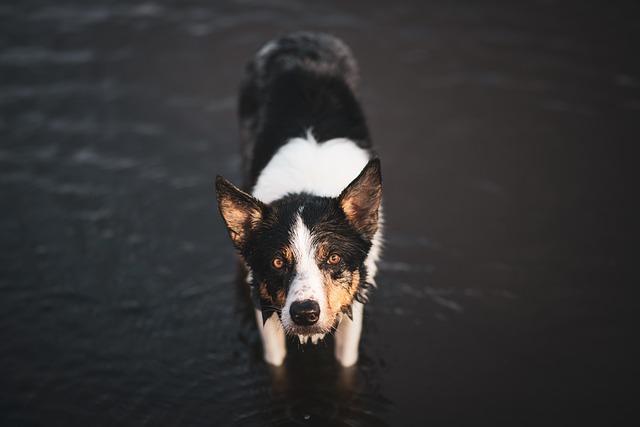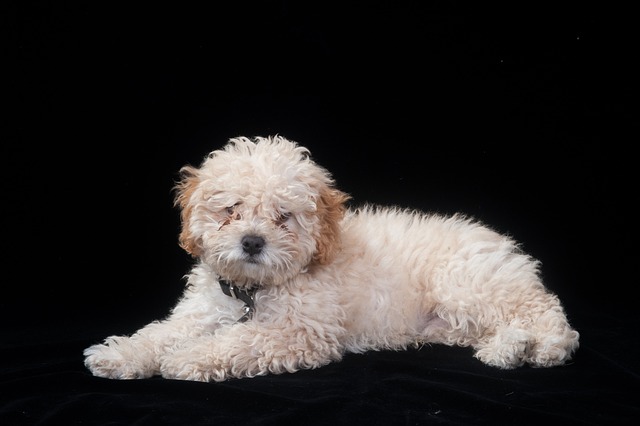
Are Belgian Malinois harder to train than German Shepherds?
Many new dog owners find themselves torn between Belgian Malinois and German Shepherds, wondering if one is truly trickier to train.
Crate training an older dog with separation anxiety can feel like an uphill battle—you put them in the crate, step toward the door, and they start pacing, whining, or even chewing the bars. Unlike puppies, older dogs with anxiety associate being left alone (or confined) with fear, so the goal isn’t just “training”—it’s building trust that the crate is a safe space, not a prison. For new U.S. dog owners, especially those in apartments where quiet and boundaries matter, patience and small, gentle steps are key to easing their stress.
Dogs with separation anxiety fear abandonment, so sudden crate confinement amplifies their panic. But dogs are also den animals—they naturally seek small, secure spots to feel safe—so the crate can become that haven if we don’t rush it. My neighbor’s 8-year-old rescue Beagle, Charlie, would drool and bark nonstop in a crate until we stopped forcing him and let him explore it on his own. Vets stress that punishment (yelling, pushing him in, or leaving him to cry) violates U.S. animal welfare standards and makes anxiety worse—positive reinforcement is the only way to help him feel secure.

Start by making the crate irresistible: Line it with his favorite blanket and a stuffed Kong filled with peanut butter. Leave the door wide open in a busy room (like your apartment’s living room) so he can go in and out freely—never close it initially. Toss treats inside when he walks by, but don’t pressure him to enter. Once he’s spending 10+ minutes napping in the crate voluntarily, try closing the door for 30 seconds while you sit right next to it—open it and reward him with praise when he stays calm. Gradually extend the time and move away slowly (first to the next chair, then the kitchen) over days or weeks. For apartment living, avoid leaving him crated for more than 2–3 hours at first—anxiety peaks when they’re left too long. If he panics, go back a step; rushing sets you both back.
Before walks, confirm his rabies vaccine is up to date—required in all U.S. states—and core shots are current. Carry poop bags and keep walks calm (no overstimulation) to reduce overall anxiety. Leaving messes in apartment hallways isn’t just rude; cities like Chicago fine owners up to $500, and accidents from anxiety should be cleaned with enzyme cleaner, not scolding.
Crate training an older dog with separation anxiety takes time, but seeing him nap peacefully in his crate is worth it. With kindness and consistency, you’ll turn fear into comfort.

Many new dog owners find themselves torn between Belgian Malinois and German Shepherds, wondering if one is truly trickier to train.

If you’ve got a 2-year-old Husky bouncing around your home, you might’ve noticed their boundless energy makes potty training feel like a moving target.

You’ve just brought home your fluffy Labrador Retriever puppy—excited to play, but already noticing they chew your shoes or have accidents on the rug.

Trying to pick the best cooling mat for your dog’s outdoor adventures—whether it’s a trip to the park, lounging on your apartment balcony, or a day at the beach

Bringing home a German Shepherd and hoping to train them as a reliable guard dog is exciting, but it starts with understanding their unique needs—this breed is smart, loyal, and thrives on structure, not just commands.

The notion that you can’t teach an old dog new tricks is one of the most persistent and inaccurate myths in the dog world.